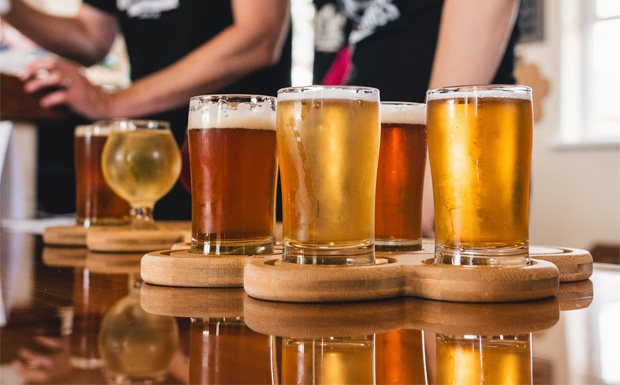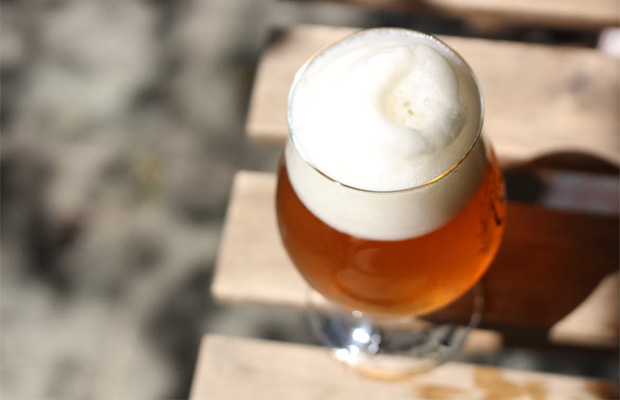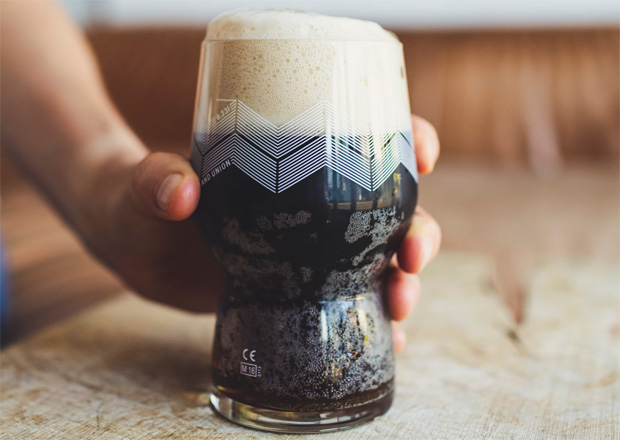The Beginner’s Guide to Beer

The Beginner’s Guide to Beer
I’ll be honest; I’m not a beer drinker. I chalk it up to an old friend I once had who was an incredibly enthusiastic home brewer. When I say incredibly enthusiastic, what I mean is he spent an excessive amount of time tucked away in his garage talking to his yeast. Yes, he believed that having daily conversations with his yeast would help them brew better.
I’m not really sure whether his theory worked or not. What I do know is that everything he ever gave me to try tasted more like rotting cardboard than something that came from barley.
But I shouldn’t let a bad experience colour the whole beer world for me, right? I’m going to live adventurously this summer and see if I can learn to love the foaming golden ale. So without further ado, I present my beginner guide to beer!
- India Pale Ale
There is Pale Ale, and there is India Pale Ale (IPA), the difference being that IPA has a more hoppy flavour. What are hops, I hear you ask? They are the flowers from the hop plant Humulus lupulus, of course. And I thought barely was the only plant that went into beer. If you are wondering where the Indian part of the name comes from, it’s because this type of beer was shipped off to India, where it proved to be incredibly popular.
- Pale ale
Pale ale is better for warm summer days; it typically has a lower alcohol content than IPA’s and a more mellow malty flavour. Making it the ideal lighter option for barbecues. If you are watching calories, though, it’s best to avoid ales in general, as they typically are heavier on the waistline than lagers.
- Lagers
Speaking of which! Lagers are different from ales because they are brewed for a longer time and at a lower temperature. To the eye, this can make them a much lighter colour, but in reality, you get dark lagers and pale ones.

- Craft beer
This is a bit of a catch-all term; Australian craft beer comes in all sorts of shapes and sizes. What sets it apart is the method that is used to make it. If an independent brewer makes it on a small scale by traditional methods, it will be considered craft. Because they are made on a small scale, they can experiment with different yeast strains, and as I learned from homebrew Henry, the yeast is where the magic happens.
Most big brewers have specific strains of yeast that they use to get a consistent flavour. Craft brewers can be a bit more flexible, mixing strains, trying out new ones and even capturing wild yeast strains for a truly one of a kind taste.
- Sour ale
On that note, we will round back to ales and check out sour ales. These quirky characters are growing in popularity but haven’t quite hit the mainstream yet. They do exactly what they say on the tin and have a tart and acidic taste. Order one of these puppies if you want to impress a craft beer aficionado.
P.S. If you don’t like the taste of beer, it might be worth giving a sour ale a try because the taste is totally different.

- Stouts
As the famous advert says – good things come to those who wait. Stouts are the serious side of beers. Rich and typically opaque these heavy hitters are practically a meal in a glass. Stouts are made with roasted barley instead of malted barley, and the roasting of the barley gives stouts their characteristic creaminess. Coffee and chocolate are the flavours most commonly associated with stouts, yum!
- Porter
A porter can be considered the granddaddy of stouts. They look pretty similar with their dark colour and thick white head; however, porters are made from very dark malted barley rather than roasted.

- Pilsner
If stouts and porters are related, then so are lagers and pilsners. Pilsners get their name from the city where they were first brewed – Plzeň. When I was researching this article, one of the defining characteristics I found for pilsners was that they were more aggressive and spicier than regular lager… And now, every time I see one, imagine it with a garland of chillies around its neck, challenging mojitos to a fight.

- Wheat
More commonly known as Belgian beer, wheat beers go great with a slice of orange. They are typically quite light and refreshing, making them another great barbecue option. They get their flavours from (surprise, surprise) wheat, whereas other beers use mostly barley, rye and even corn and rice.
So from knowing very little about beer, I now know my way around a brewery and can nod along knowledgeably when someone comments on the hoppiness of a particularly good IPA. Whether or not this knowledge will translate into an actual taste for the stuff remains to be seen!
Guest Article. Contains a sponsored link.






My first taste of beer is stout, and it’s safe to say there was no turning back. The fact that it compliments the taste of coffee made the introduction quite unforgettable